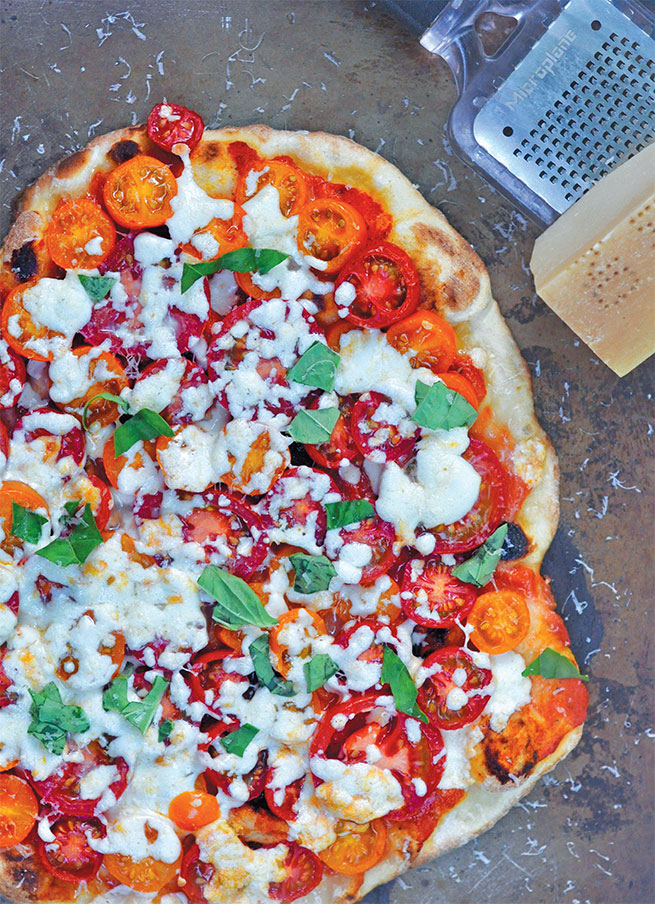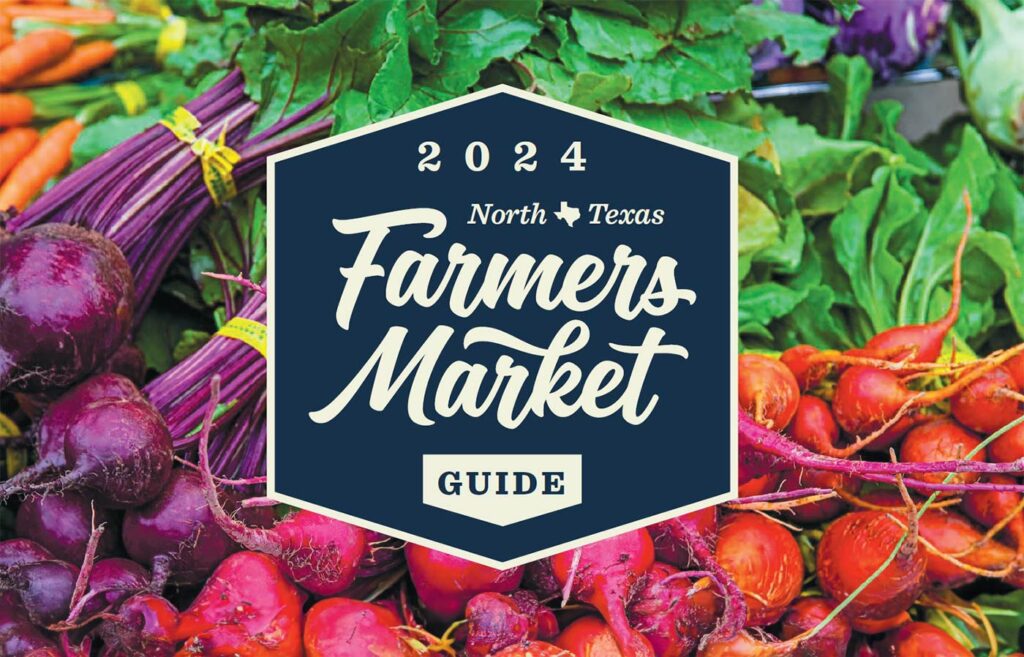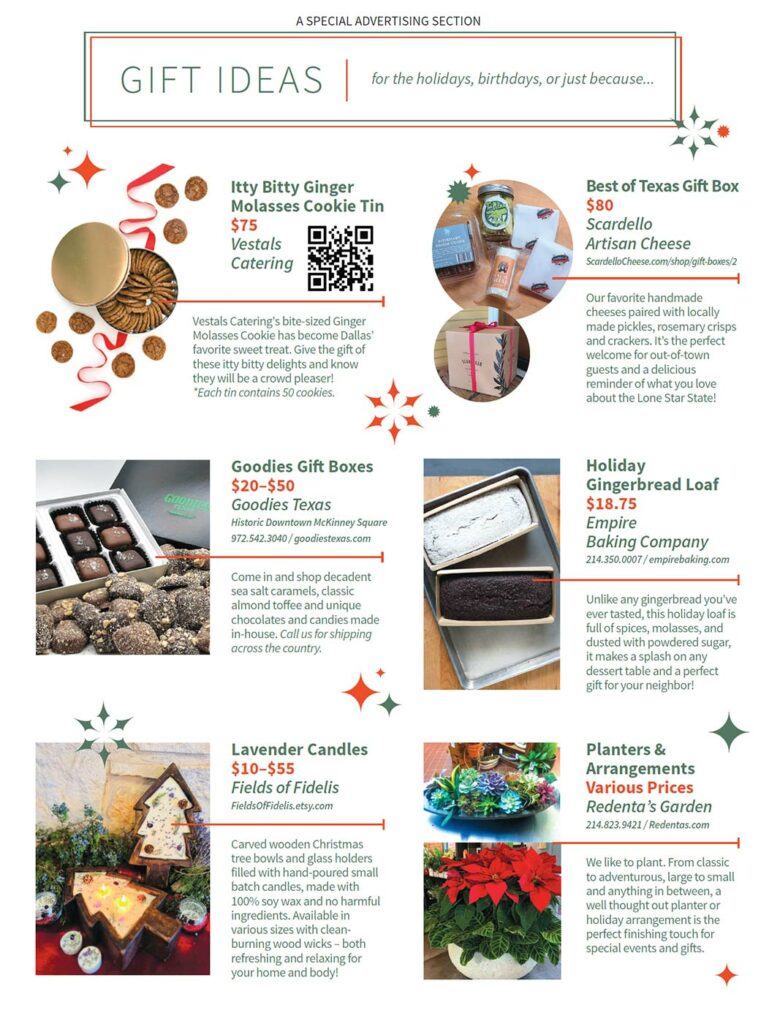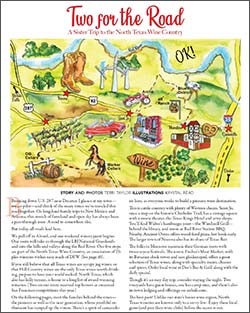
Photography by Ellise Pierce
I have been obsessed with pizza-making as long as I can remember. From my teenage Friday nights with Chef Boyardee pizza-making kits to today. I know now that even a so-so homemade pizza can outshine one that comes in a box and is delivered to your door. With just a bit of practice, it can feel reminiscent of the ones eaten al fresco in Italy.
Pizzas are simple things. Blank canvases ready to be adorned with whatever is on hand—starting with summer’s garden-ripe tomatoes and fresh basil. From marinated artichokes to grilled zucchini, the topping choices are yours.
Like pita or naan, pizzas are flatbreads, basically, rolled thin as you like and cooked at a very high heat. The less you put on top of the dough, the crisper it’ll be. Less sauce, less cheese, less everything than you thought. Forget about the television ads for double this or that. This is not the way. A light hand is key in successful pizza-making.
HEAT: IL FORNO
Heat is the most important consideration when making pizzas, or any bread, for that matter, and where that heat comes from is less important than how much of it there is. I’ve made great pizzas on baking stones, in baking sheets and in skillets. I haven’t found that what you put it on makes much of a difference, but there’s definitely a technique involved, a wisdom to how it all works, when it works as it should. How you cook the pizza itself, the process from getting the dough to your plate, matters.
Inside: I want my pizzas to be as thin and crisp and almost burned like the ones I’ve eaten in Italy, so for me, adequate heat to the dough is the first order of business. Though a wood-fired pizza oven or an outdoor grill provide the hottest heat, for those of us who don’t have either, I’ve devised a double-cook method that begins on the stovetop and finishes in a conventional oven.
I came up with this when my dough recipe made far too much for a one-person pizza. I decided to make up smaller ones, little pizzettas, which I cook halfway in a skillet on the stove, then freeze for later use. It has become my default method and a way to ensure there will never be that dreaded middle-of-the-pizza sog, because the crust is already evenly cooked through on round one. Remember those Boboli pizza crusts? This is a similar idea, but with homemade crusts instead.
Outside: Summertime is grilling season and making pizzas al fresco is a fun alternative to hamburgers for backyard get-togethers. Grilling is also the best way to get that smoky char so coveted in wood-fired-oven pizzas.
Whether cooking inside or out, if the heat source is strong and reliable and if you stretch out the dough so it’s thin enough, and keep the sauce, toppings, and cheese in check, you’ll be fine cooking your pizza any way that’s convenient.
SAUCE: IL SUGO
The sauce should be thin, and there doesn’t need to be much of it; just a light hand will do. It does not contain garlic. I learned from a pizzaiolo who gave me a one-on-one Neapolitan pizza-making lesson in Sorrento not long ago, that garlic is never put in a pizza sauce.
I’m not a fan of putting garlic in everything, anyway, so I was happy to learn about this. The sauce can be made a day or two in advance, and if there’s any left over, it’ll keep in the freezer, along with the precooked doughs—which means that with a little planning, you can pretty much have homemade pizza anytime you want, and in the same time it takes to heat up an icky frozen one that you bought at the store.
You can also go completely naked, skip the sauce all together and make a pizza bianca, or white pizza.
CHEESE: IL FORMAGGIO
Now, the cheese. Parmigiano-Reggiano is a given. Do not skimp on this. You will also want to find the best mozzarella you can buy. Local choices—Mozzarella Company and Full Quiver Farm —are the freshest and available in retail stores and farmers markets. You can cut the mozzarella balls in thin slices or hand-shred them, which is a little messy but easy, and it’s so much better than the packaged stuff. My preference is golf ball-size bocconcini, because they’re easiest to work with.
EVERYTHING ELSE: TUTTO ALTRO
You will want to keep it simple, not more than two or three ingredients on top. Scatter them around with a light hand, so you don’t weigh the pizza down. If you add pepperoni or peppery soppressata (I found a great super-spicy one at Jimmy’s Food Store in Dallas), make sure it’s sliced ultra-thin. If you’re going for a quattro formaggi, plan your cheese distribution so it’s not too heavy. I always add a handful or two of arugula to the top of my pizza when it comes out of the oven, because I love the peppery bite, and it’s something I picked up while living in Florence years ago.
Pizzas are personal. There are rules, but there are also no rules. Pizzas are meant to be customized. They were here long before fussy coffee orders, and for some reason it never seemed weird to ask for half of a pizza with one ingredient and the other half with another, to leave off the onion, or to swap out something for something else. In that way, pizzas are the ultimate comfort food, giving each of us exactly what we want.
5 TOPPING TIPS
- If you’re growing basil, make your own pesto and use instead of a tomato sauce.
- Puréed vegetables can stand in for a sauce—I’ve done this with carrots, artichokes, you name it—and it’s a wonderfully light way to go and an easy way to get another vegetable in for the day.
- Not everything can be used in its raw state. Mushrooms are okay, leaves of greens like spinach, kale, Swiss chard are okay. But if you want volume, you’ll need to cook your greens first, then chop them up finely and make sure to squeeze the water out of them.
- Pizzas are a great way to use up your leftovers. Tear up yesterday’s rotisserie chicken or use the last bits of your steak fajitas as a topping.
- Overripe tomatoes make a great, no-cook sauce. Just squeeze them, tear them into pieces, and let them hang out in a bowl overnight with some torn fresh basil, olive oil and salt.
INDOOR COOKING METHOD
Stovetop Start: Place stretched dough on an ungreased skillet or grill pan over high heat. Cook for 30 to 60 seconds, or until it puffs, then flip it over and let the other side cook for about 15 seconds.
Remove and stack on a plate to cool. Note: You’re not cooking these doughs completely; only about halfway. They’ll finish cooking in the oven. (If not using them right away, let the crusts cool completely, put them in a freezer bag and freeze.)
Oven Finish: When you’re ready to make a pizza, pull out a frozen half-baked crust (no need to let them thaw before adding toppings) or grab one you’ve just made. Add the sauce, toppings and cheese, and bake it in the oven (on baking sheet) at the lowest point—sometimes directly on the bottom of the oven if the oven’s clean and not terribly hot—so it’s closest to the heat to get it super crisp.
Preheat gas grill on a medium-high heat. Make sure it’s plenty hot (about 500°F) before cooking. ( is can be done on a charcoal grill, as well.)
Set up a nearby work space with ready-to-go sauce, cheese and other toppings.
Place bare stretched dough onto a lightly greased baking sheet and brush both sides with olive oil. Once oiled, move carefully onto the hot grill and cook with the grill top open for about a minute— enough to get dough lightly browned but not crispy. (This step keeps it from getting soggy when toppings are added.)
Use tongs or spatula to flip to the other side (now lightly browned side is up)—then quickly top with sauce, cheese and other ingredients. (Remember not to overload.)
Close the grill and cook for another 2 to 4 minutes, enough to melt the cheese and heat the toppings. Time will vary, depending on your heat. Be careful not to burn the bottom. (It might take a little practice.) Use a wide metal spatula to move finished pizza onto a cutting board. Cut, serve and enjoy.
SHORTCUTS
- Use store bought naan or pita instead of making your own crust.
- Buy ready-made pizza dough at the grocery store or bakery.
- Instead of making your own, use a good-quality, store-bought tomato sauce or pesto.
RECIPES
CHERRY TOMATO PIZZA MARGHERITA
PIZZETTAS: EGGPLANT AND KALAMATA OLIVE, BABY SPINACH AND FONTINA
ARTICHOKE, SOPPRESSATA AND PESTO PIZZA
Ellise Pierce is the Cowgirl Chef and author of COWGIRL CHEF:
Texas Cooking with a French Accent (Running Press). Read her blog
(www.cowgirlchef.com), follow her on Twitter (@cowgirlchef) and Instagram
(cowgirlchef)
- Ellise Piercehttps://www.edibledfw.com/author/epierce/
- Ellise Piercehttps://www.edibledfw.com/author/epierce/
- Ellise Piercehttps://www.edibledfw.com/author/epierce/
- Ellise Piercehttps://www.edibledfw.com/author/epierce/









